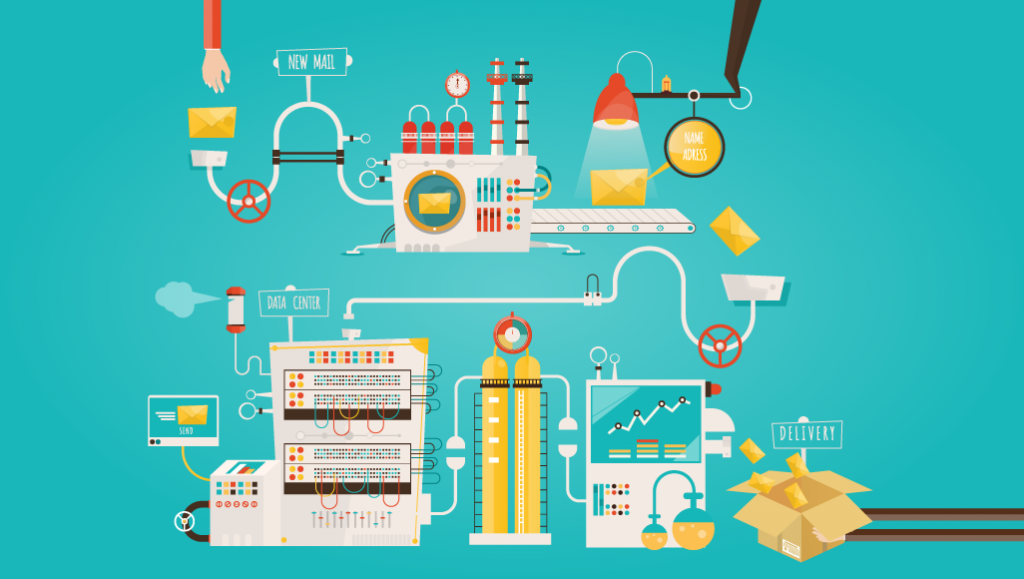Experts around the globe predict that the year 2018 is likely to bear witness to some incredible manufacturing trends.
While many trends will overlap and depend on one another, they will all work toward taking the production, distribution, and customer satisfaction to an even higher level.
Here are some of them.
Everyone is going green
Running an environmentally-friendly manufacturing business is not only a matter of trend. It also cost-effective and responsible with regard to the local, national, and global community.
The latest projections predict that there will be an increasing number of customers who will be turning to eco-friendly products. This means that those industries which embrace such production will thrive due to market expansion.
Sustainability and the reduction of harmful waste are the top priorities around the globe, and that means Australia too. As it has an incredible potential to compete on the global market, it is essential that it should primarily focus on its natural resources.
The importance of the supply chain
Regardless of whether you are running a B2B or B2C manufacturing business, speed of delivery has become an increasing concern for many companies.
The supply chain is going through a significant change because companies are realizing they need to work on the optimization of the chain supply structure. The biggest challenges in this respect are forecasting and demand planning.
Another thing that will influence the supply chain is industrial procurement. The supply chain is heavily influenced by the use of IoT and this presents challenges and opportunities when it comes to procurement.
The very process of finding and acquiring goods on an international level requires precision – not to mention the final stage of delivering the products to the end users. This creates ground for advancements in payments systems, analytics driven procurement, and cybersecurity.
The dawn of the heavy industry
Given that the success of many companies directly depends on their equipment, manufacturers have begun to place a lot of investments in heavy industry.
Construction equipment, especially vehicles for mining and infrastructural activities, has seen a huge rise in the past year.
Significant amounts of money are being spent on equipment attachments, such as high-productivity undercarriage parts, which are equally important.
On a global scale, the infrastructure industry is expected to grow tremendously. After a slump in 2008, which continued throughout 2010, the government has taken proactive measures to boost infrastructure development.
Improvements to risk management
The latest trends in manufacturing don’t necessarily mean reacting to an unexpected and bad situation. On the contrary, more and more companies are embracing the fact that even a positive prospect can involve some risks.
This is predominantly the case when a company experiences a sudden surge in demand without being previously prepared for it.
Risk management has to involve several points which work together in order to prevent this from happening. Those include the evaluation of extended value chain risks, operational risks, and functional risks.
Advanced analytics
Slowly but surely, manufacturers are recognizing the unparalleled potential of predictive and prescriptive analytics.
Through offering actionable recommendations and diagnostic insights, analytics are an irreplaceable aid to accompany human judgment in the process of manufacturing and supply chain management.
Overall, the manufacturing industry is up for an exciting journey. There will be many opportunities for growth and development as the competitive edges move toward new challenges.

